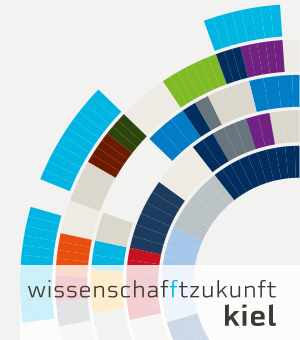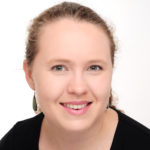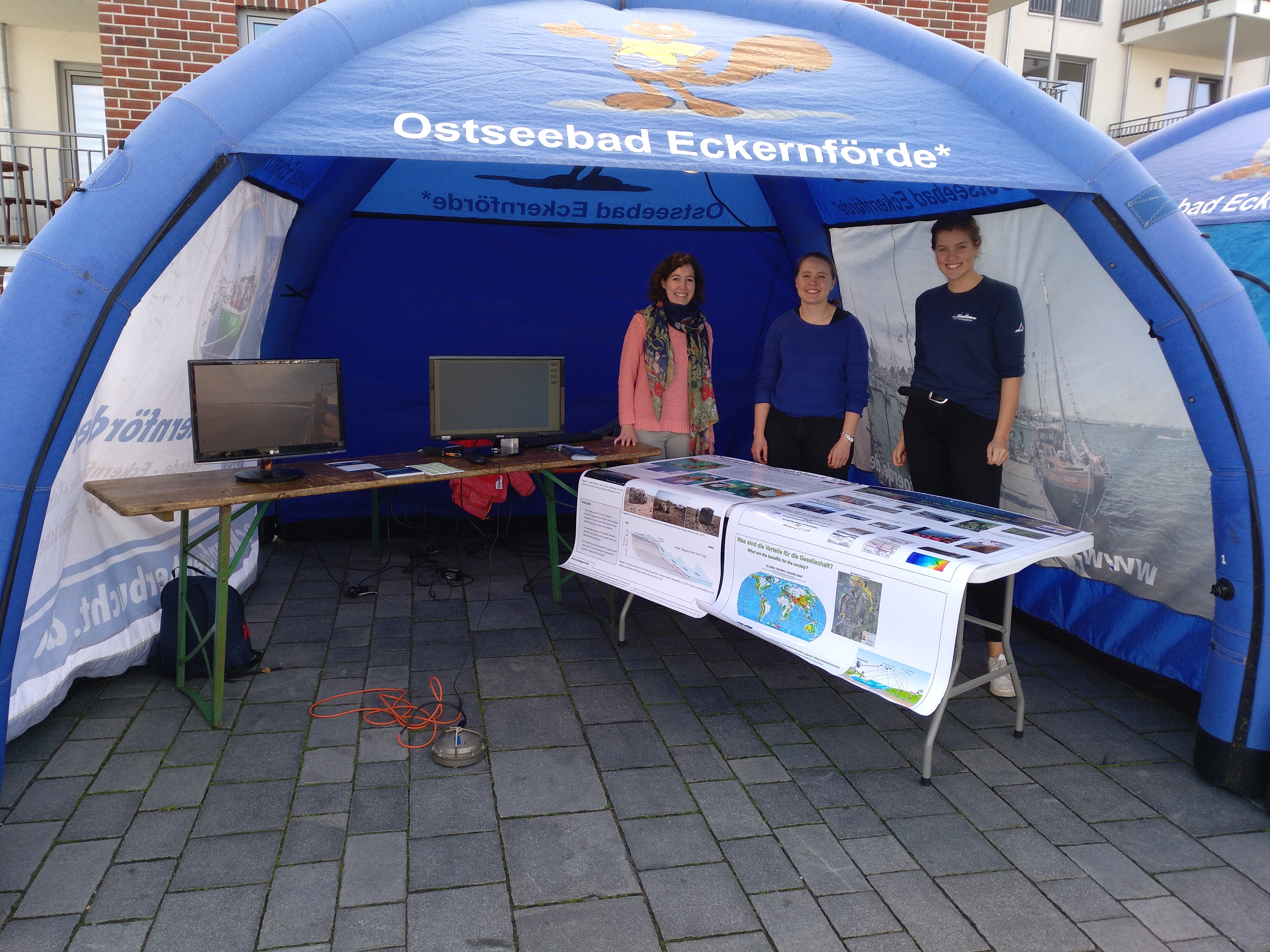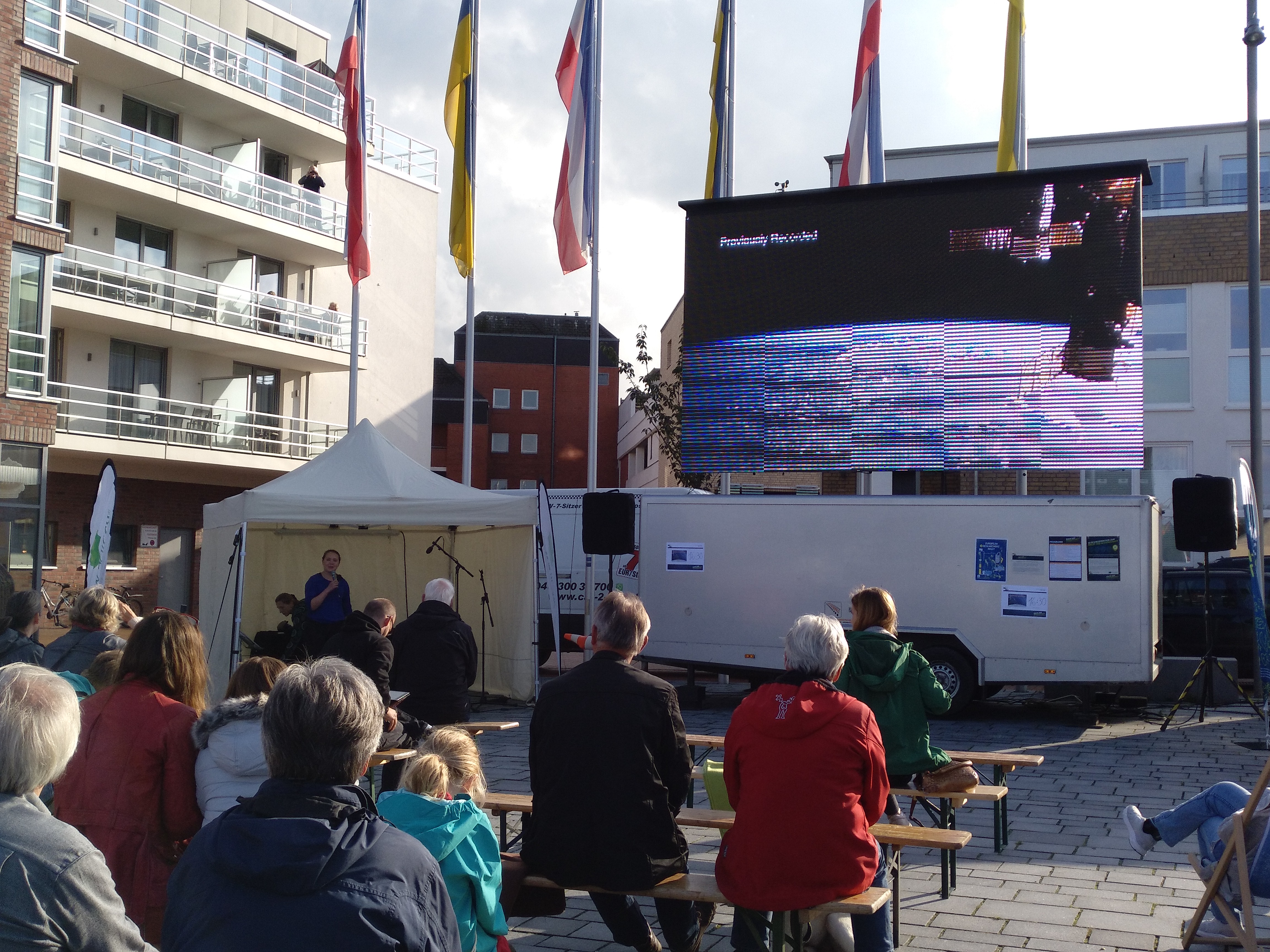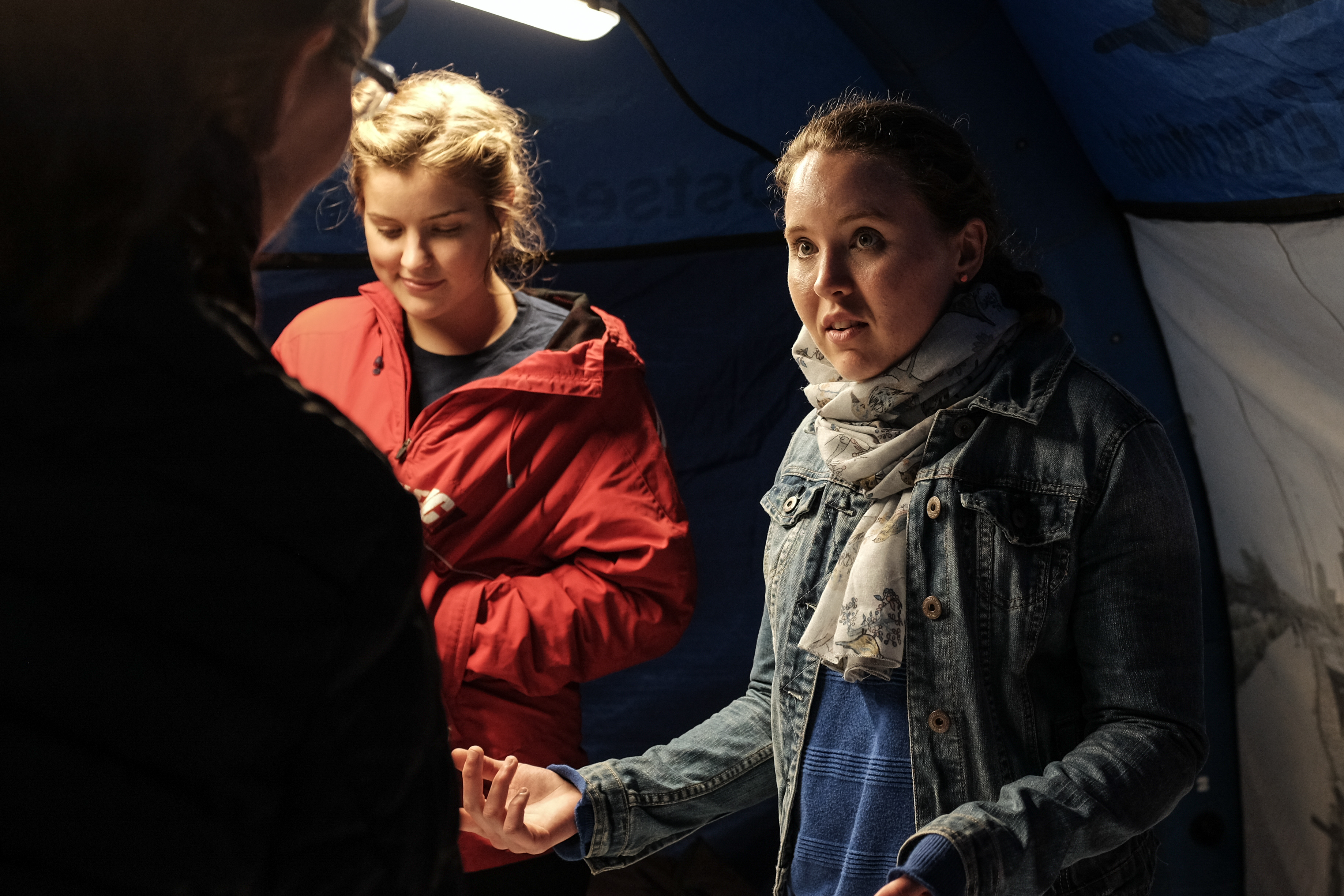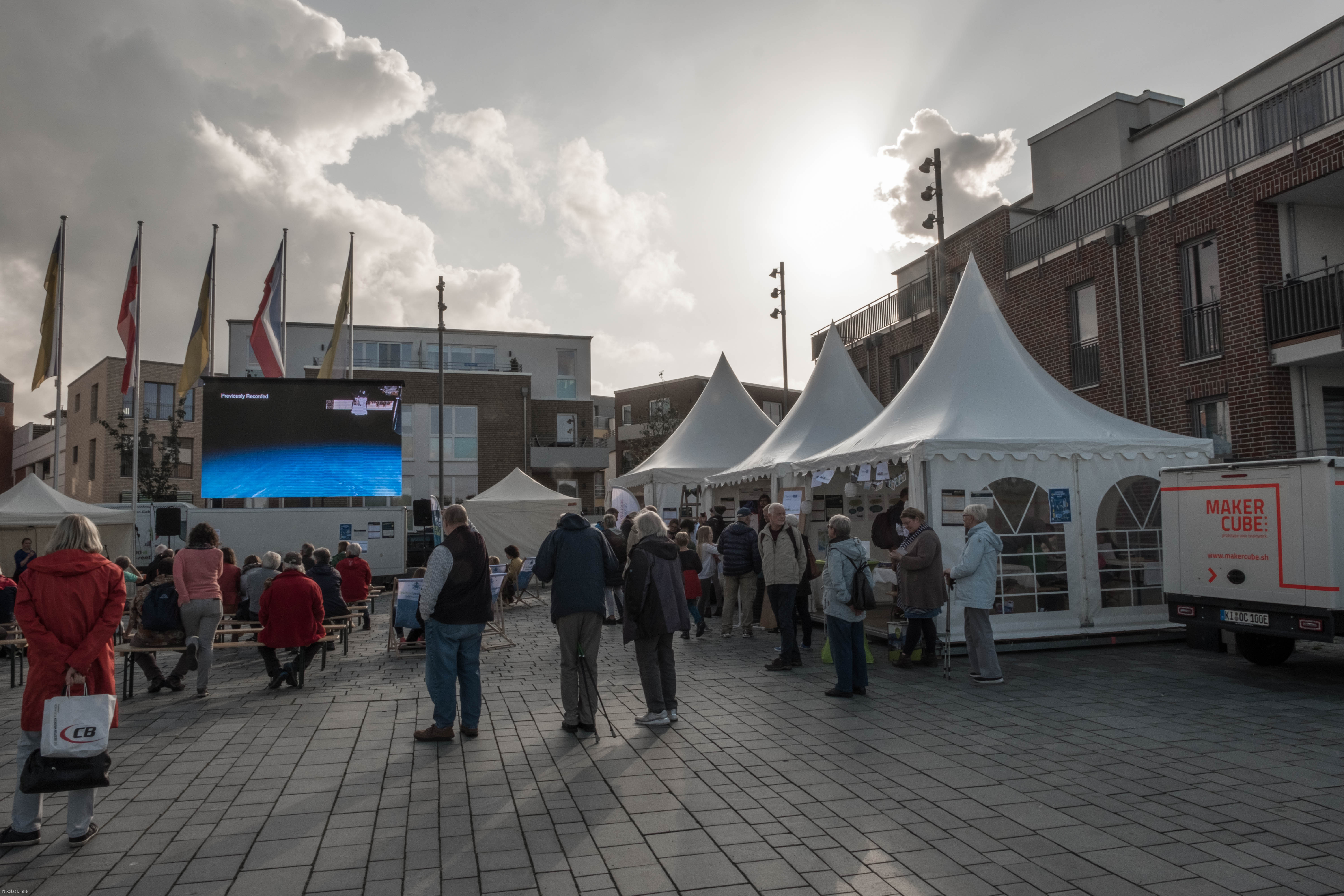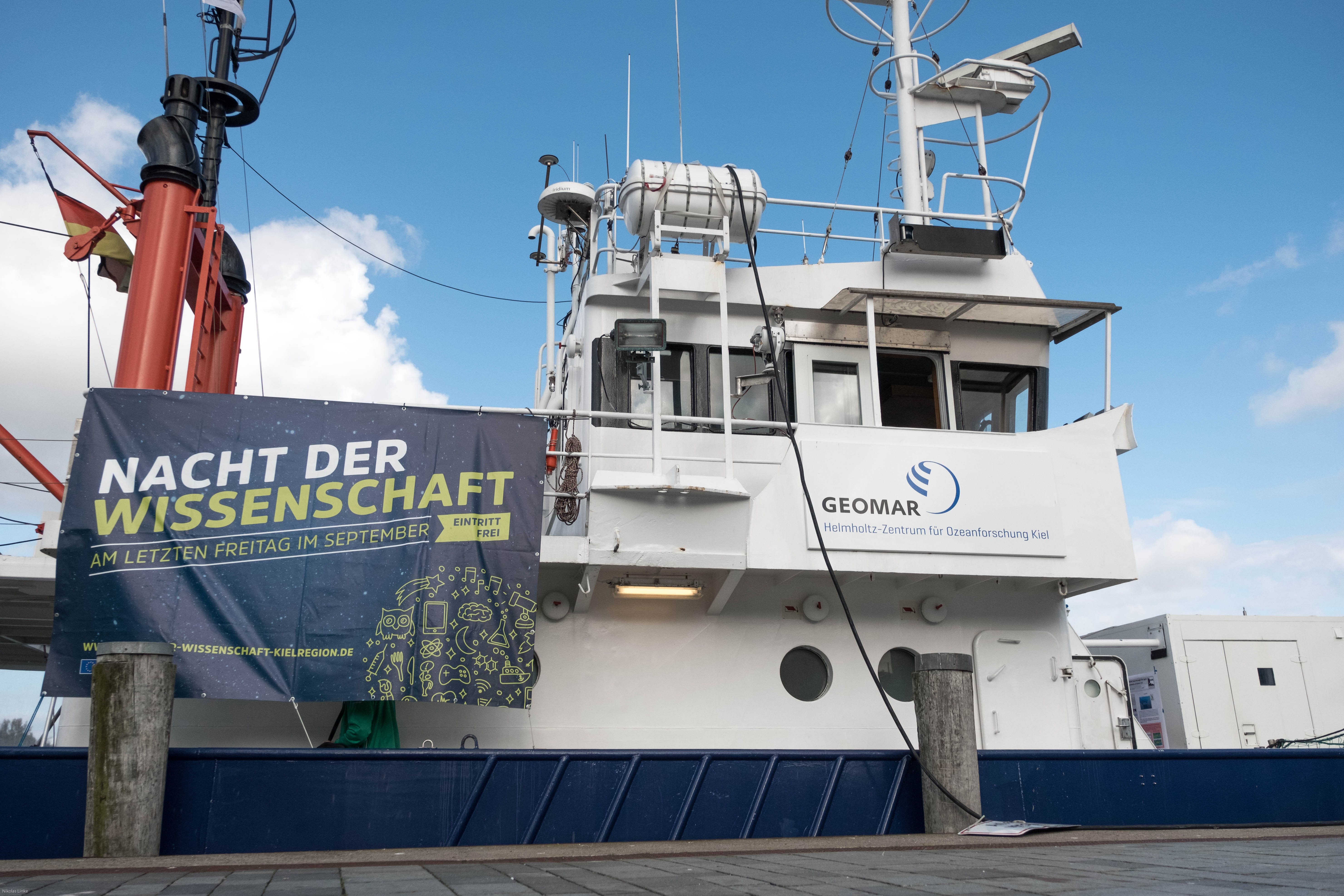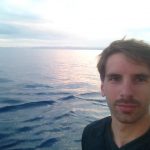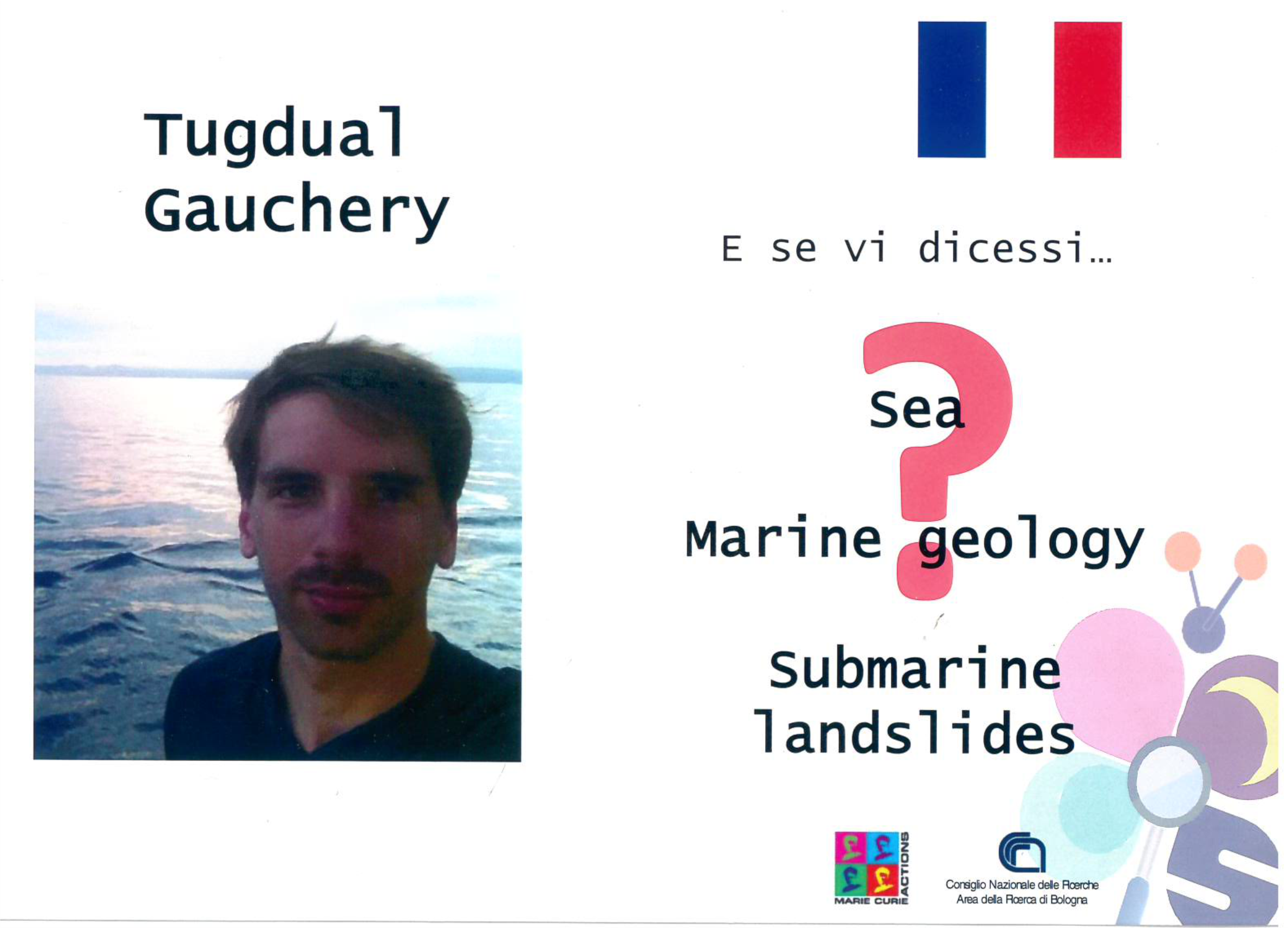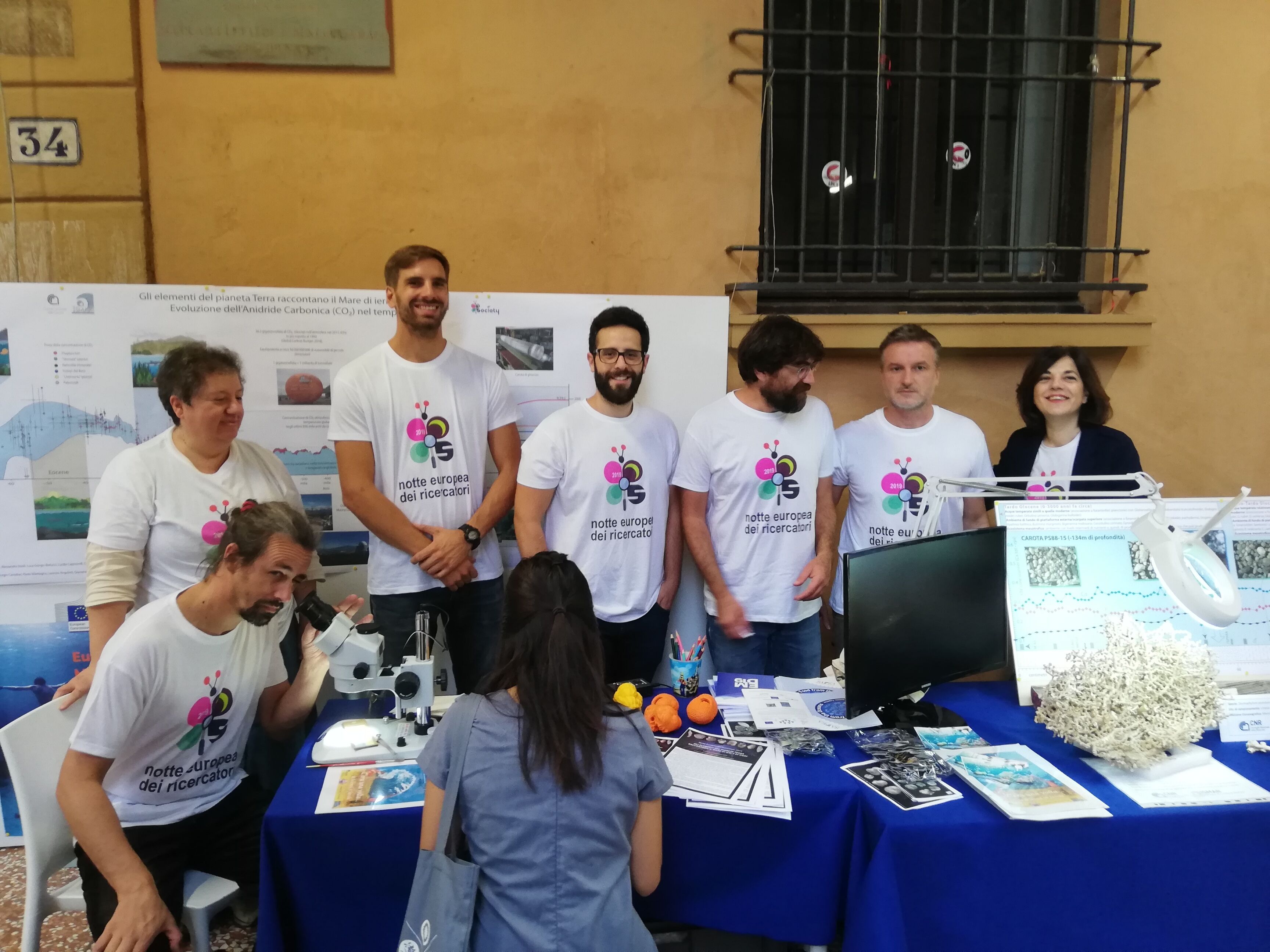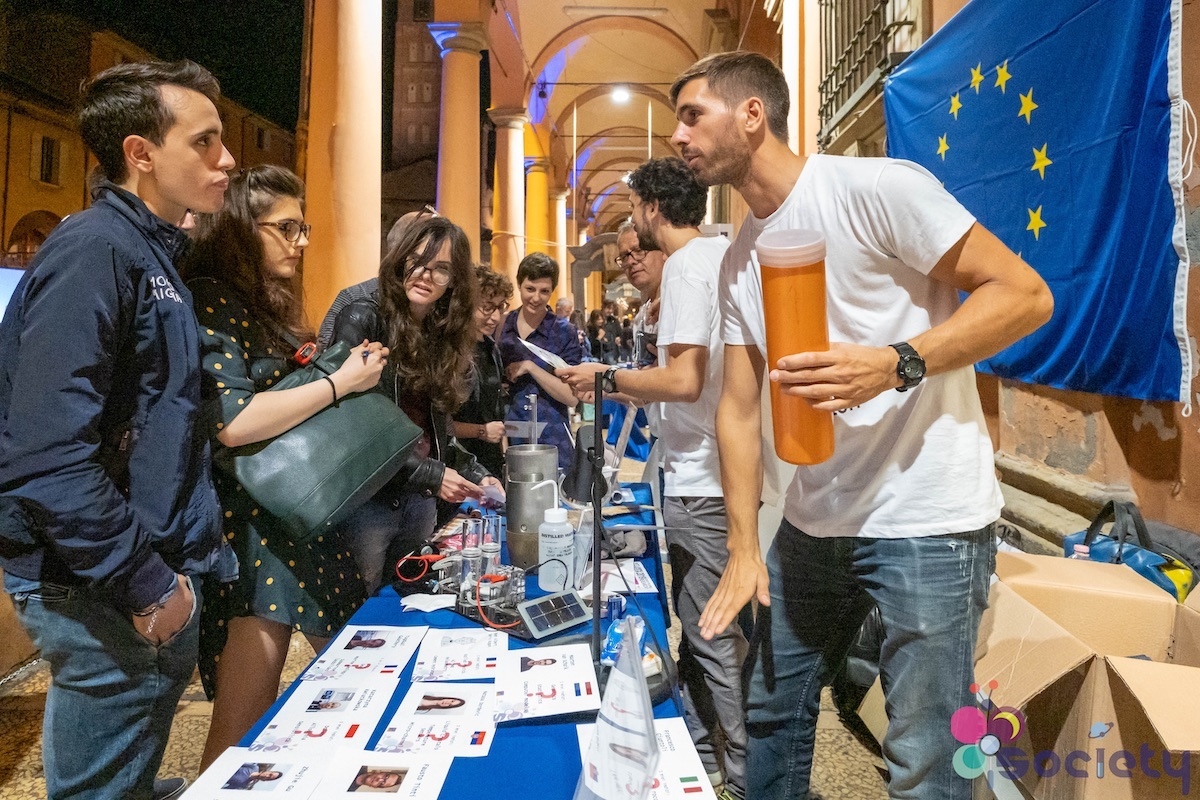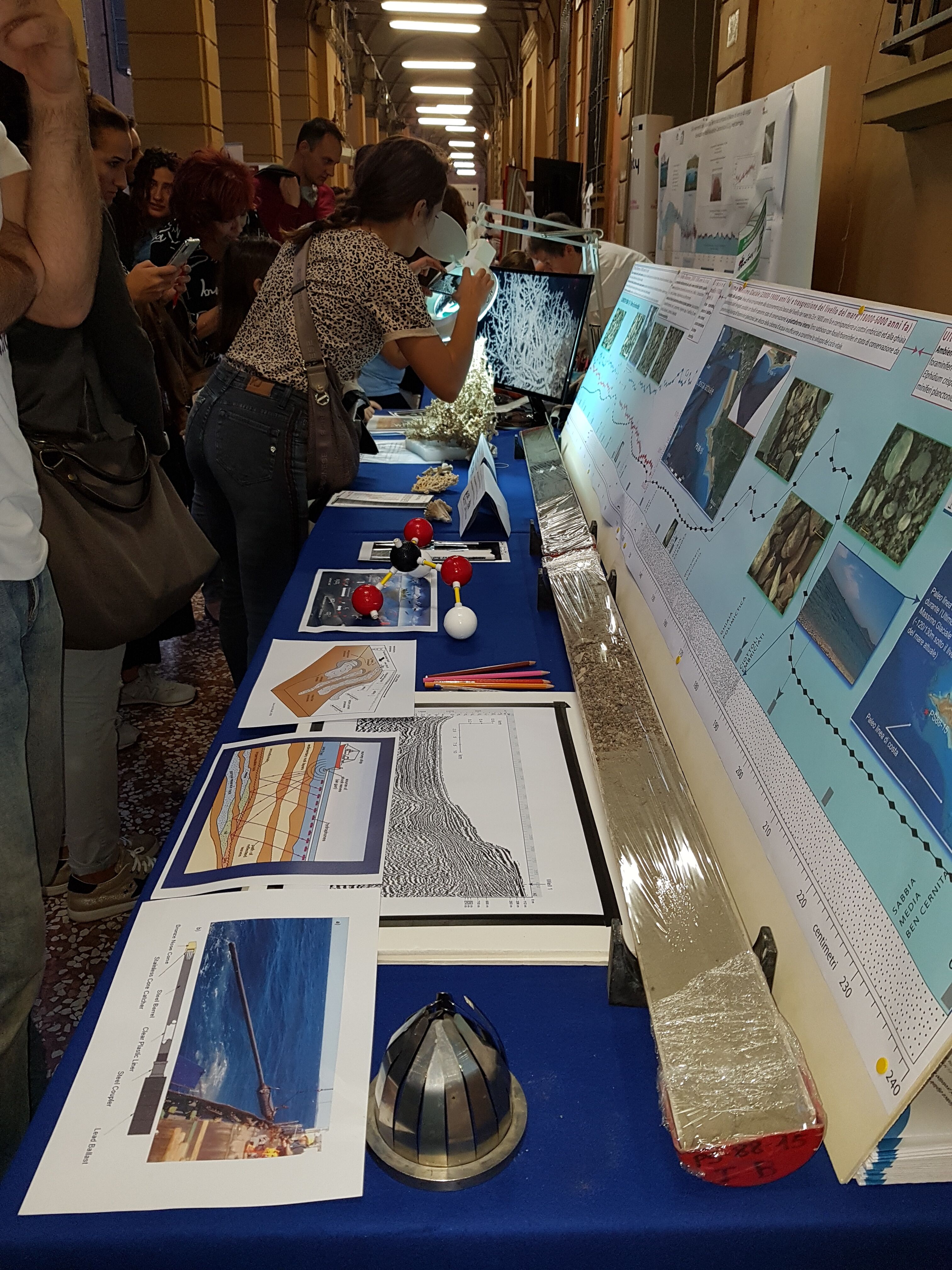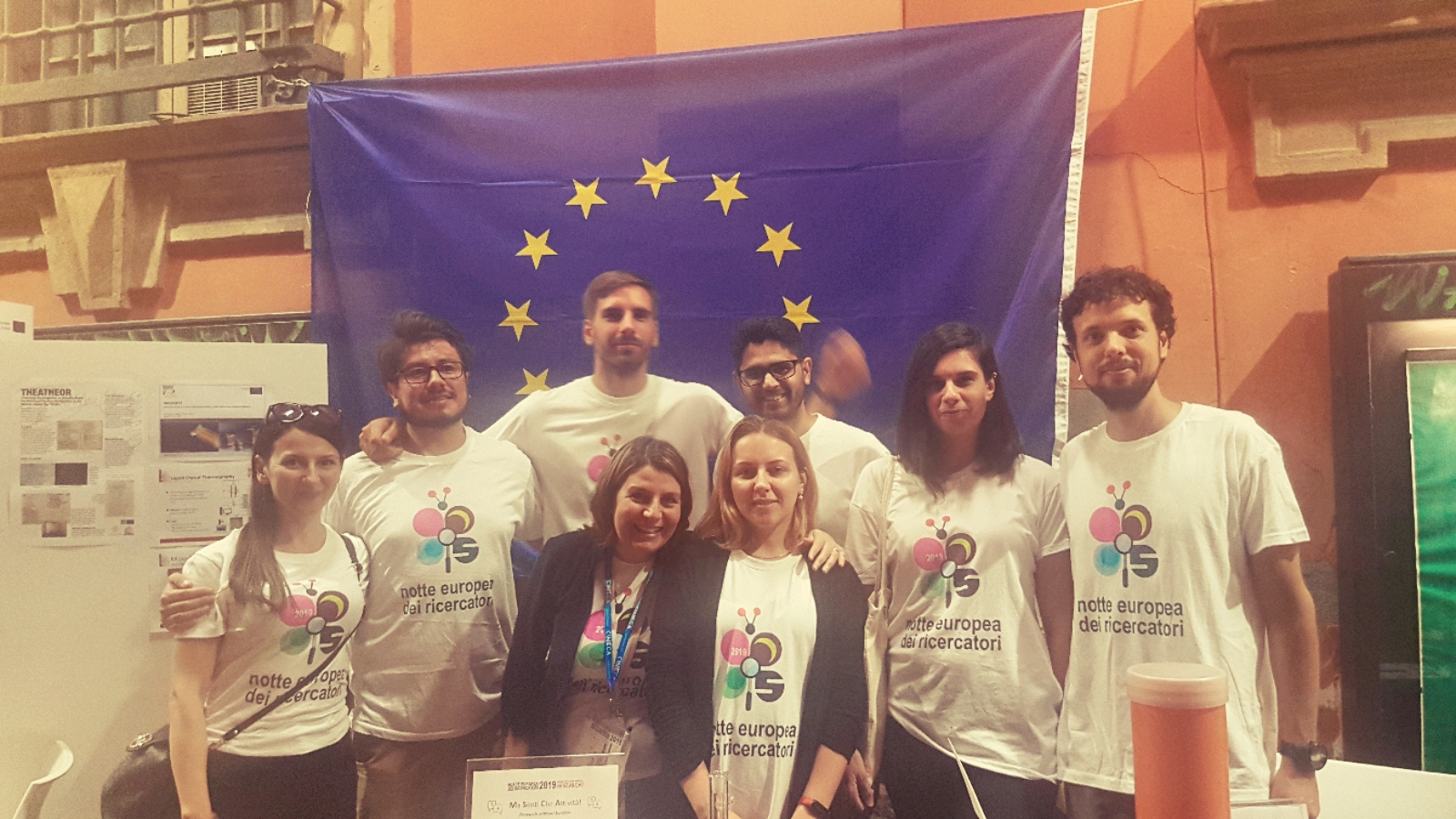SLATE AT THE 2019 EUROPEAN RESEARCHERS' NIGHT
RACHEL BARRETT (ESR1), TUGDUAL GAUCHERY (ESR3) | @ ECKERNFÖRDE (GERMANY) and BOLOGNA (ITALY) (27 September 2019)

SLATE at the European Researchers’ Night in Eckernförde, Germany
The European Researchers’ Night is an annual event that occurs simultaneously in multiple European cities, and gives researchers the opportunity to present their work to the public. Researchers can use a variety of mediums to present their work – and their enthusiasm for science – to the public. In Eckernförde (Northern Germany), where Rachel Barrett (ESR1) presented her work, there were, amongst others: lectures; posters; interactive science experiments; short films; a livestream from the international space station; a musical accompaniment to parts of the Blue Planet BBC documentary; an open ship (the German Research Vessel Littorina); and an “innovation truck” (highlighting work from local start-ups).
I (Rachel) presented a poster that addressed my recent work on the volcanic-flank collapse of Fogo Island in the Cape Verdes, as well as the broader implications of work on submarine landslides (i.e. hazard analysis). I shared a tent with a couple of researchers from GEOMAR Kiel who also work on submarine landslides and hazard analysis/mitigation, and the collaboration was very successful. I also did a short presentation about my research (and why I am a scientist/what makes me excited about science) during a transition between short films that were shown on a big outdoors screen. I was impressed at the high level of public engagement at the event – during the six hours we were there, there were seldom a few minutes where we were not discussing our research (and science in general) with members of the public, both young and old, and people were engaged and interested. I really enjoyed being able to present my work at the European Researchers’ Night in Eckernförde, and look forward to being involved again next year.
Location
- Eckernförde, Schleswig-Holstein, Germany
Impressions

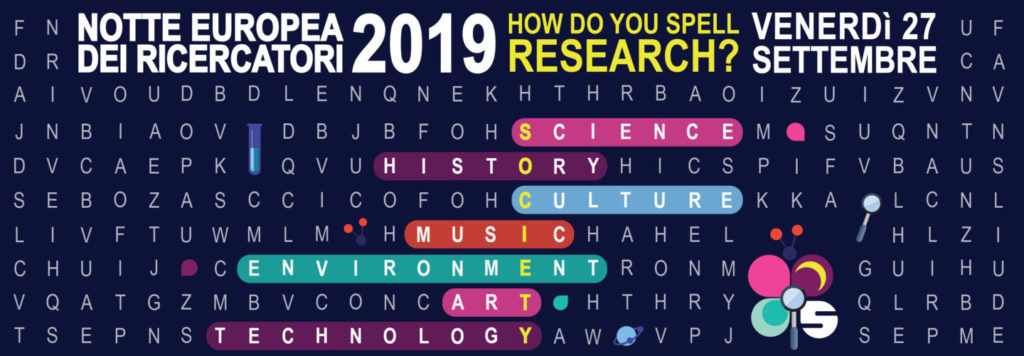
SLATE at the European Researchers’ Night in Bologna, Italy
This was the first year I (Tugdual) did outreach at the European Researchers’ Night, and I participated in Bologna. I went with colleagues from my research group to present the work done at ISMAR (CNR) on microfossils, geochemistry, deep-water corals and sedimentology. I used this opportunity to show my work with multi-channel seismic profiles, explain how and why we acquire these data, and how (coupled with other proxies) we can reconstruct the history of a sedimentary basin.
Within a project funded by the Marie Sklodowska-Curie Actions, I had the chance to participate at the stand along with fellow Marie-Curie-funded researchers from Bologna. They asked us to bring a mysterious object related to our work and leave it on the table. To enhance curiosity, the game was to let the public pick a profile on the table (with a picture of us and key words related to our work) and correlate it with the mystery object. Once they succeeded, we could engage in conversation to explain our work in more detail and discuss what the object is. For this occasion, I brought a core catcher and once they guessed what it was, I explained the use of the core together with seismics (with images) to identify gravity-driven flows (explained with sketch), which represents a hazards for coastal cities and offshore infrastructures.
Overall, this was a fantastic experience to explain my work to the public and bring/reinforce an interest in science, especially for young people. I was very surprised by the number of young people who came to the stand and were interested in our work. It was challenging to explain my work in a simple and interesting way, especially in Italian, but it was very useful and enjoyable. Thank you!
- Bologna, Italy
Impressions

